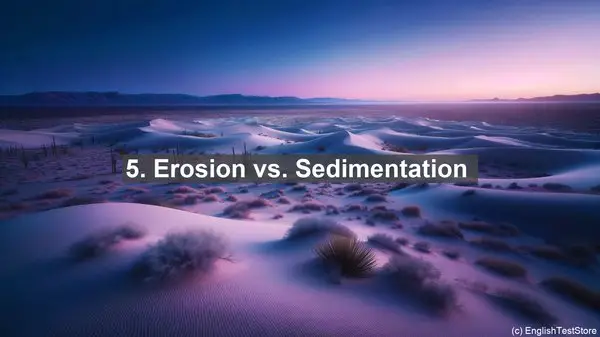Introduction
Welcome to today’s lesson on regenerative agriculture. In this lesson, we’ll be discussing the top 10 commonly confused words in this field. Understanding these terms is crucial for anyone interested in sustainable farming practices. So, let’s dive right in!
1. Organic vs. Regenerative
The terms ‘organic’ and ‘regenerative’ are often used interchangeably, but they have distinct meanings. Organic farming focuses on avoiding synthetic inputs, while regenerative agriculture goes beyond that. It aims to restore and enhance the ecosystem, improving soil health and biodiversity.

2. Cover Crop vs. Cash Crop
Cover crops and cash crops serve different purposes. A cover crop, like clover or rye, is planted primarily to protect and enrich the soil during fallow periods. Cash crops, on the other hand, are grown for economic gain, such as corn or wheat.
3. Perennial vs. Annual
Perennial plants, like fruit trees, have a longer lifespan, often lasting for years. Annual plants, such as most vegetables, complete their life cycle within a year. Both have their roles in regenerative agriculture, contributing to biodiversity and ecosystem stability.
4. Compost vs. Mulch
Compost and mulch are both valuable for soil health. Compost is decayed organic matter, rich in nutrients, which can be added to the soil. Mulch, on the other hand, is a protective layer placed on top of the soil, reducing erosion and retaining moisture.
5. Erosion vs. Sedimentation
Erosion and sedimentation are opposite processes, but both can be detrimental. Erosion is the removal of soil by wind or water, while sedimentation is the deposition of eroded soil in another location. Both can lead to nutrient loss and water pollution.
6. Regeneration vs. Restoration
Regeneration and restoration are similar concepts, but with subtle differences. Regeneration implies the renewal and growth of a system, often with added benefits. Restoration, on the other hand, focuses on returning a system to its original state, without necessarily enhancing it.
7. Biodiversity vs. Monoculture
Biodiversity refers to the variety of life in an ecosystem. In regenerative agriculture, promoting biodiversity is crucial. Monoculture, on the other hand, involves growing a single crop over a large area, which can lead to imbalances and increased vulnerability to pests and diseases.

8. Nutrient Cycling vs. Fertilizer Application
Nutrient cycling is a natural process in which nutrients are continuously recycled within an ecosystem. In regenerative agriculture, the goal is to enhance this cycling. Fertilizer application, on the other hand, involves adding external nutrients to the soil, which can be necessary but should be done judiciously.
9. Carbon Sequestration vs. Carbon Emission
Carbon sequestration is the process of capturing and storing carbon dioxide from the atmosphere, often in the soil. It helps mitigate climate change. Carbon emission, on the other hand, refers to the release of carbon dioxide, often through human activities, contributing to climate change.
10. Regenerative Agriculture vs. Conventional Agriculture
Regenerative agriculture and conventional agriculture differ in their approaches. While conventional agriculture focuses on high yields through intensive practices, regenerative agriculture emphasizes sustainability, soil health, and long-term benefits for the ecosystem.
